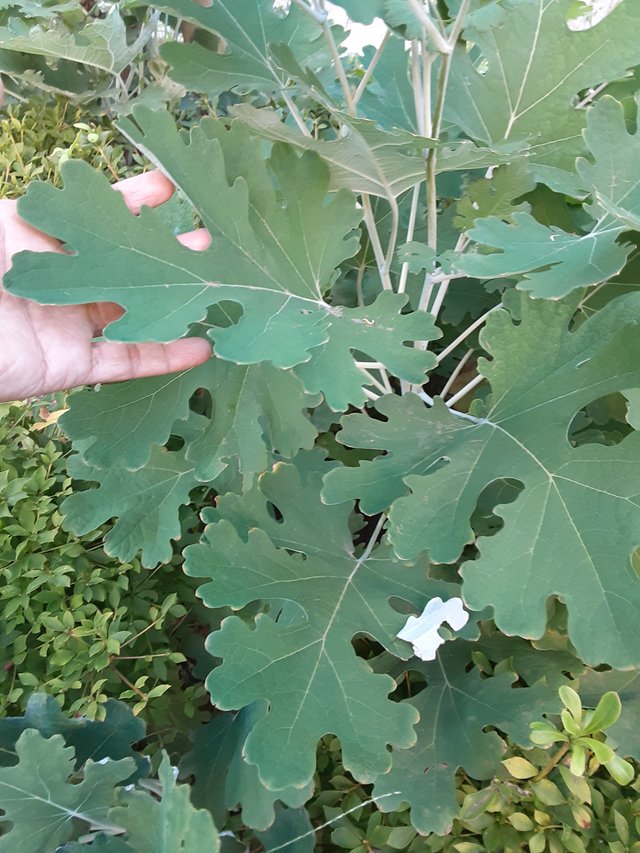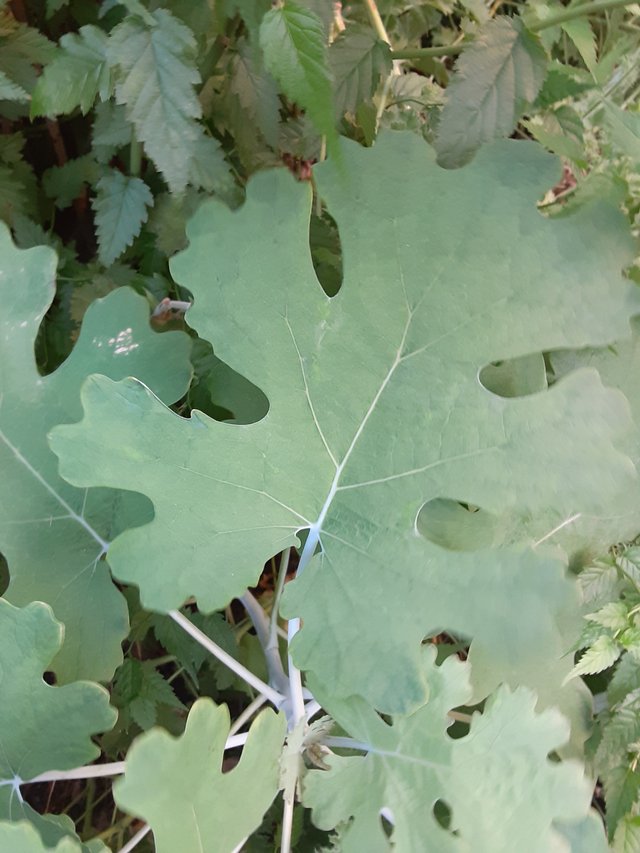
Macleaya cordata, commonly known as the plume poppy, is a striking herbaceous perennial native to China and Japan. It belongs to the poppy family (Papaveraceae) and is renowned for its large, showy leaves and airy panicles of creamy-white flowers.
The plant's most distinctive feature is its leaves. These are large, heart-shaped, and deeply lobed, often reaching lengths of up to 8 inches. The upper surfaces of the leaves are a rich, olive-green color, while the undersides are paler and often have a silvery-gray hue. The leaves are arranged alternately on sturdy, hollow stems that can grow to heights of 5-8 feet.
In late summer and early fall, the plume poppy produces tall, feathery panicles of small, white flowers. These flowers are devoid of petals, but they are surrounded by numerous long stamens that give the inflorescences a fluffy, plume-like appearance. The flowers are followed by seed capsules that contain tiny, black seeds.

Macleaya cordata is a relatively low-maintenance plant that thrives in full sun to partial shade. It is tolerant of a wide range of soil conditions, but it prefers moist, well-drained soil. The plant can spread aggressively by rhizomes, so it is best suited for large gardens or naturalized areas. It can also be grown in containers, but it will require regular pruning to control its size.
While the plume poppy is a beautiful and striking plant, it is important to note that it contains toxic alkaloids. All parts of the plant are considered poisonous if ingested, so it should be handled with care, especially around children and pets.
Ref.:
 |  |
Upvoted! Thank you for supporting witness @jswit.
Downvoting a post can decrease pending rewards and make it less visible. Common reasons:
Submit